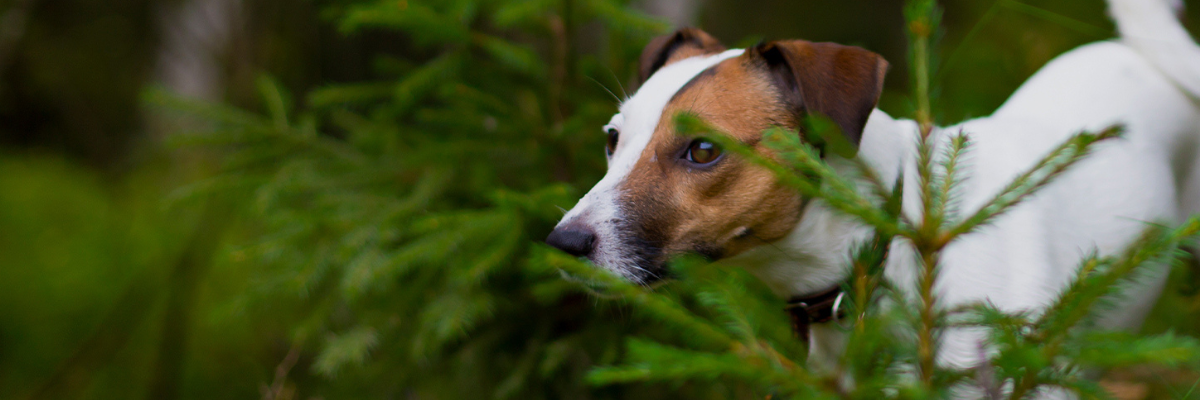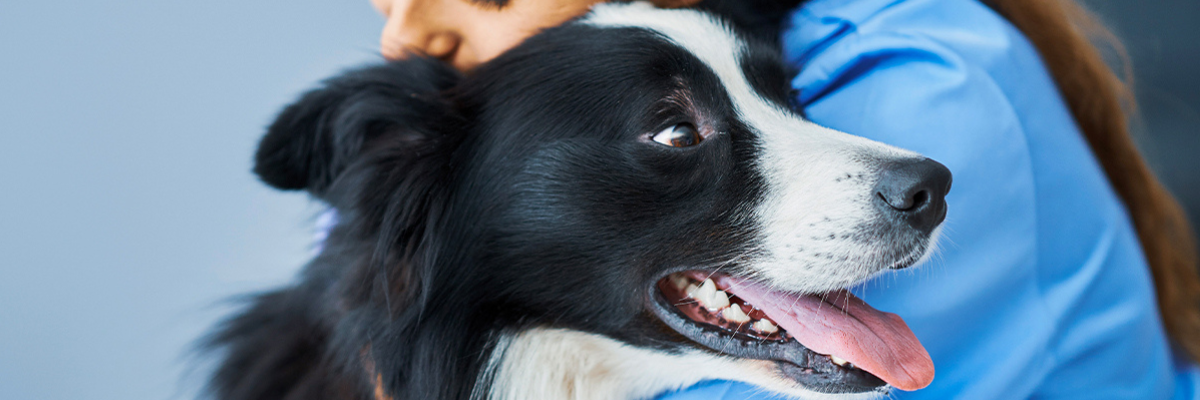Your pet's oral health is key for it's overall wellbeing
Plaque that builds up on teeth and forms tartar can cause painful inflammation and affect the health of the entire body. Regular brushing is the most effective way to prevent oral problems and maintain your pet's well-being.
In this article, we will go through the theory behind pet dental care, why regular dental care is important, and how to perform dental care at home in the best way. Good luck with brushing your pet's teeth!
Tooth structure
A tooth is a bony structure that attaches to the jawbone, and its main purpose is to crush and grind food. An adult dog has 42 teeth (28 milk teeth), and an adult cat has 30 teeth (26 milk teeth).
The tooth consists of dentin, and the visible part of the tooth is the crown, which is covered by a hard, white enamel. The part covered by the gum is the root of the tooth. Dogs' and cats' teeth can have between 1 and 3 roots, depending on the type of tooth. The gum's task is to protect the tooth's supporting tissues.
The inner part of the tooth, called the pulp, is located in a cavity inside the tooth that extends down to the tip of the root. The pulp contains blood vessels and nerve fibers that enter through the tip of the root.
Brushing is the most effective way to prevent tartar buildup
Your pet’s mouth constantly contains various bacteria. Plaque forms when these bacteria accumulate on the surfaces of the teeth. This bacterial mass hardens into tartar due to the composition of saliva and the bacteria's metabolism. Plaque and tartar cause gingivitis (gum inflammation) and periodontitis (inflammation of the tooth's supporting tissues). The most common symptoms of gingivitis are bad breath, redness of the gums, bleeding gums, the pet scratching its mouth, and inflammation of the lips. Through inflamed gums and gum sores, bacteria can spread via the bloodstream to the entire body, including the liver, kidneys, and heart valves.
Since the tooth surface does not renew itself, the bacterial mass on the tooth surface does not disappear on its own. Plaque that accumulates on the tooth must be mechanically removed by brushing. Regular home dental care can prevent periodontitis. Regular brushing also helps detect other dental and oral issues at an earlier stage, such as broken teeth and oral tumors.
There are significant individual and breed-related differences in plaque accumulation and tartar formation. For example, the quality of food and the composition of saliva influence plaque buildup. Dogs with normal skull structures and bites may not develop tartar. Typically, gingivitis and periodontitis are not a major issue in hunting dogs as long as their teeth and mouth are healthy.
In small dog breeds and breeds with skull shapes bred to be shorter or longer, tartar buildup and even severe periodontitis at a young age are very common. Small breeds may have tight or nonexistent gaps between teeth, causing plaque to build up between teeth, leading to gingivitis and periodontitis.
For dogs prone to periodontitis, it is advisable to start dental care when they are puppies, before the mouth becomes painful. It is never too late to start brushing, and it always has positive effects on your pet's oral health. Oral health is an important part of your pet's overall health.
Home dental care
The purpose of home dental care is to remove plaque and tartar and prevent new plaque from building up. The best way to do this is by brushing your pet's teeth. A soft toothbrush designed for pets or a small toothbrush that fits the mouth (such as a child’s toothbrush) is a good option. Finger brushes or rough cloth pieces work well in the initial stages, but over time you should switch to a proper toothbrush.
For dogs, there are toothpaste products that do not contain foaming agents or fluoride, as these can irritate the stomach if swallowed. Human toothpaste should not be used, as it is not designed to be swallowed. Toothpaste is not crucial for oral hygiene, but dog toothpaste comes in various flavors that often encourage the dog to tolerate brushing.
The toothbrush should be held at a 45-degree angle to the teeth so that the bristles can reach into the gumline, and with soft back-and-forth motions, brush the teeth. The most important areas to brush are the outside surfaces of the upper teeth, as the tongue cleans the inside surfaces of the teeth mechanically.
Training your pet to tolerate brushing can start with handling your pet’s mouth every day without brushing at first. Training takes time, and in the beginning, focus on making tooth brushing a pleasant daily routine for your pet. Continue the training step by step, and start by brushing only a few teeth at a time. Always reward your dog with play or a chew toy (preferably not food or treats) after each session. Only when brushing the outside of the teeth is going well can you gently start training your pet to open its mouth and brush the inside and chewing surfaces of the teeth.
If tartar still forms despite home care, it is time to visit the veterinarian for a more thorough tartar removal. Home care should definitely continue even after tartar removal at the vet, as plaque starts accumulating on the teeth just a few hours after the teeth have been cleaned.



